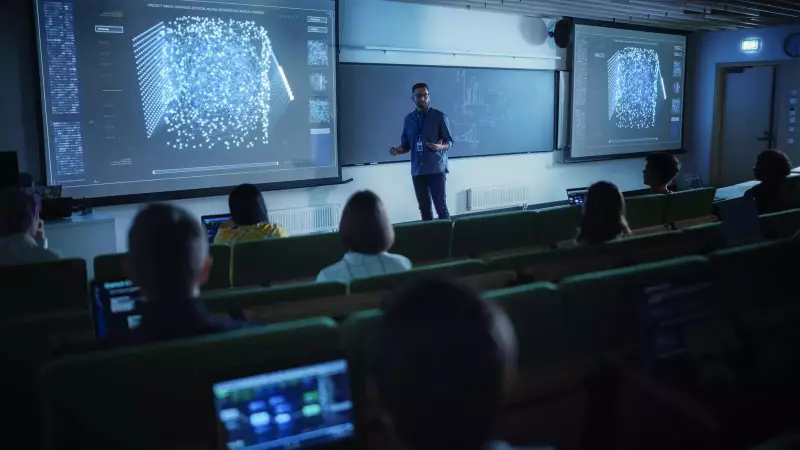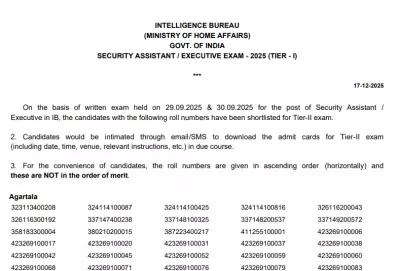
The educational landscape in India is undergoing a remarkable transformation as artificial intelligence becomes an integral part of modern classrooms. Teachers across the country are discovering innovative ways to harness AI-powered PCs and digital dashboards to create more engaging, personalized, and effective learning experiences.
The AI Revolution in Indian Education
Gone are the days when technology in classrooms meant just projectors and computers. Today's educators are embracing sophisticated AI tools that help them understand student needs better, customize teaching approaches, and manage classrooms more efficiently. This technological shift is making education more accessible and impactful for students of all learning abilities.
7 Smart Strategies for Implementing AI in Classrooms
1. Personalized Learning Pathways
AI systems analyze individual student performance data to create customized learning journeys. Teachers can now identify knowledge gaps and strengths for each student, allowing them to tailor instruction accordingly. This approach ensures no student gets left behind while challenging advanced learners appropriately.
2. Real-Time Assessment and Feedback
Smart dashboards provide instant insights into student comprehension during lessons. Instead of waiting for weekly tests, teachers can gauge understanding moment-by-moment and adjust their teaching pace and methods immediately.
3. Inclusive Education Through Adaptive Technology
AI tools are breaking down barriers for students with different learning needs. Text-to-speech, language translation, and content simplification features make classroom materials accessible to all learners, including those with disabilities or language challenges.
4. Automated Administrative Tasks
Teachers are reclaiming valuable time by automating routine tasks like attendance tracking, grade calculation, and report generation. This allows them to focus more on actual teaching and student interaction.
5. Enhanced Classroom Engagement
AI-powered educational games and interactive simulations make learning more engaging. These tools adapt to student responses, providing challenges that are neither too easy nor too difficult, maintaining optimal engagement levels.
6. Data-Driven Lesson Planning
By analyzing patterns in student performance data, AI systems help teachers identify which teaching methods work best. This evidence-based approach to lesson planning leads to more effective teaching strategies.
7. Early Intervention Systems
AI algorithms can flag students who are struggling academically or emotionally long before issues become critical. This enables teachers to provide timely support and prevent larger problems from developing.
Ethical Implementation: The Indian Context
As Indian schools adopt these technologies, educators emphasize the importance of ethical considerations. Data privacy, algorithmic bias, and maintaining the human element in teaching remain paramount concerns. Successful implementation requires balancing technological efficiency with cultural sensitivity and emotional intelligence.
The Future of AI in Indian Classrooms
The integration of AI in education is no longer a distant future—it's happening now in schools across India. As technology continues to evolve, teachers who master these tools will lead the way in creating more responsive, inclusive, and effective learning environments. The key lies in using AI to enhance, rather than replace, the invaluable human connection between teachers and students.
For Indian educators looking to stay ahead of the curve, embracing these AI strategies represents not just an opportunity to improve teaching effectiveness, but a chance to reshape education for the 21st century.





